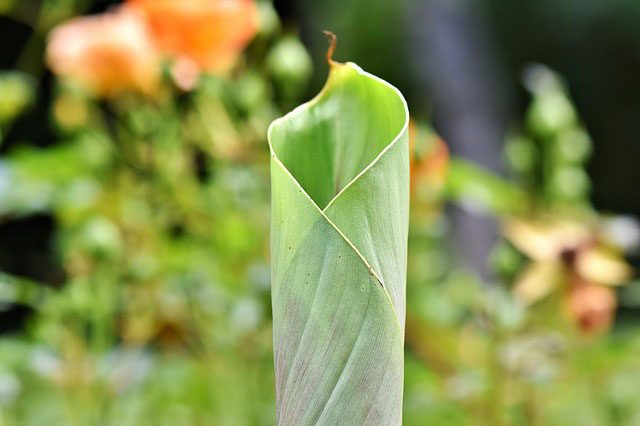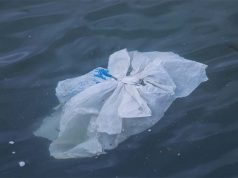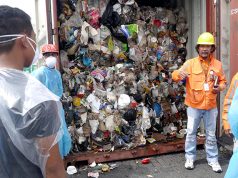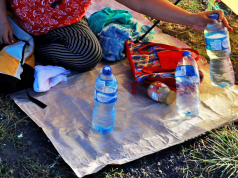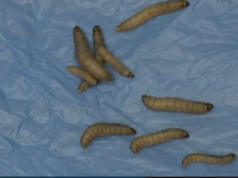An environment group on Facebook shared how banana leaves are being used for packaging in a supermarket in Thailand and said that Filipinos can emulate the practice to reduce the country’s plastic pollution.
The supermarket called Rimping in Chiangmai City, Thailand gained fame online for its experiment in replacing plastic packaging with banana leaves.
Beat Plastic Pollution Philippines posted on March 23 snapshots from the supermarket without naming it and captioned: “This is revolutionary! New fruit and vegetables packaging at some supermarkets in Thailand. Pilipinas, kaya natin to!”
It cited that the images came from Vomad Life, a Facebook blog on being vegan.
THIS IS REVOLUTIONARY!New fruit and vegetables packaging at some supermarkets in Thailand.Pilipinas, kaya din natin to! (c) Vomad
Posted by Beat Plastic Pollution Philippines on Friday, March 22, 2019
Amid the praises in the comments, some users pointed out that there are already local small-scale businesses that practice natural packaging which include the use of banana leaves as wrappers in food products.
Others shared that they use the traditional bayong or a native bag made from woven palm leaves when shopping at markets.
The photos originated from the post of a real estate company in Chiangmai called Perfect Homes on March 21. It soon made rounds online and got picked up by international news.
Forbes praised this method in an article and said that the size of a banana leaf makes it effective to be used for wrapping products.
“While it looks like they use some plastic to adhere the label, this method significantly reduces the amount of plastic required. They are simply wrapped in a banana leaf and secured using a flexible piece of bamboo. Banana leaves are a great alternative to plastic as the leaf is large, thick and supple enough to be folded,” said Trevor Nace, a science contributor.
Nace, however, considered the relative cost of banana leaves to plastic in countries without much access to the plants.
Banana trees, like other tropical fruit trees, grow in tropical countries such as Africa, Latin America, the Caribbean and the Pacific.
“Using local biodegradable products could be a good alternative in locations where bananas don’t grow,” Nace wrote.
Filipinos have been using banana leaves as wrappers or plates for many years given the availability of banana trees.
Despite the common use of plastic, many Filipinos in provinces still enjoy using leaves to wrap native goods such as suman, tupig and rice.
Other leaves used for wrapping purposes include pandan leaves, mango leaves and coconut palm leaves.
Long-life of plastic
According to Forbes, only nine percent of the nine billion tons of plastic produced gets to be recycled.
It cited data from the United Nations Environment Programme that there will be approximately 12 billion tons of plastic in the world by 2050.
Research also suggested that disposable plastic products can take over 400 years before it can decompose.
Meanwhile, durable ones such as bottles, disposable diapers and beer can take up to 450 years.
In this time frame, they can harm sea creatures, pollute the environment and put humans at risk of contamination.

